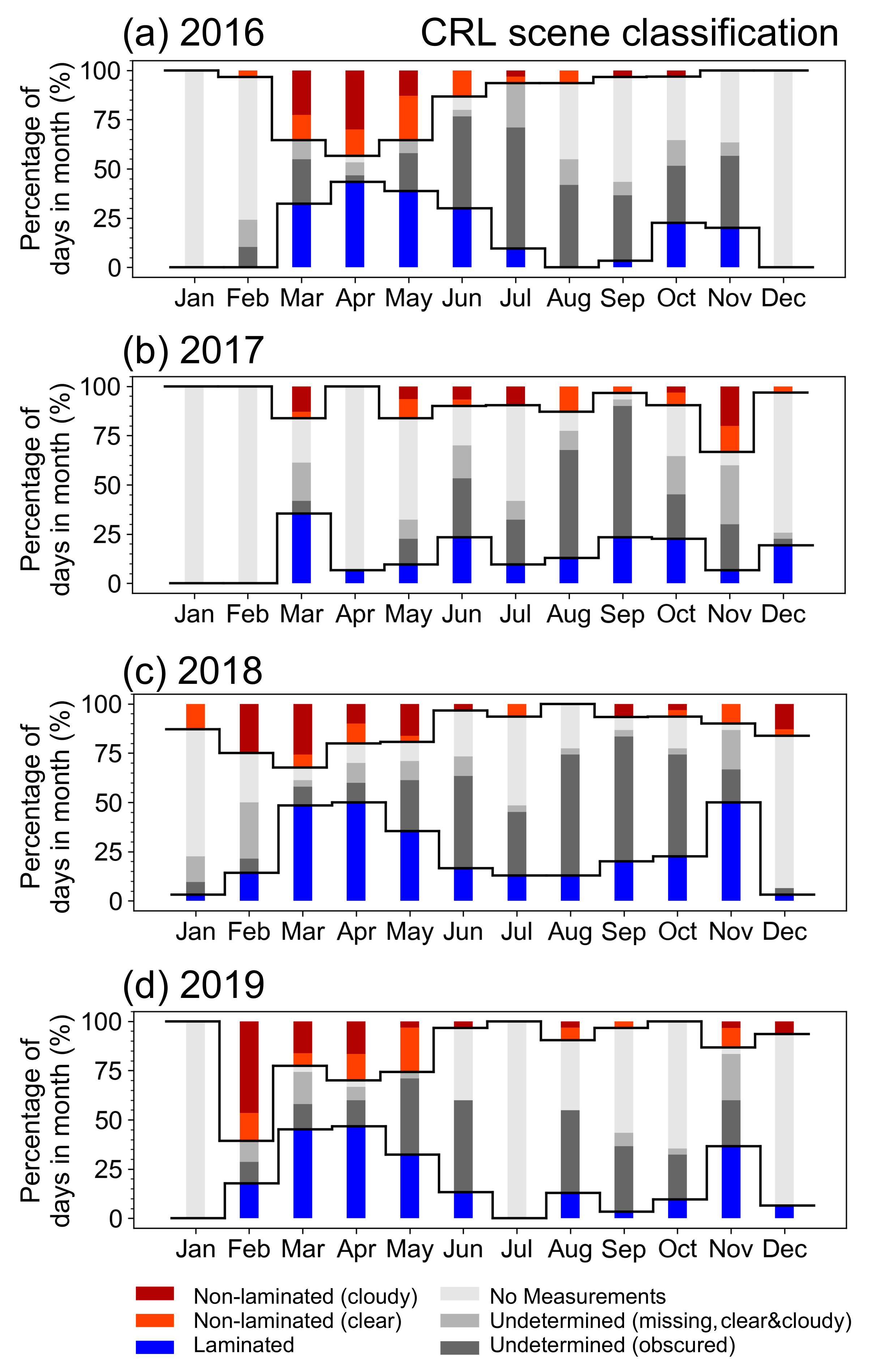

When talking about the basic triads, aka I ii iii IV V vi viio, we use the formula (1-3-5), and see that from the 1st, 4th and 5th scale degrees we get a major triad, from the 2nd, 3rd and 6th we get a minor triad and from the 7th scale degree we get a diminished triad. To find a chord built from the scale degree in a scale we need a formula - for example 1-3-5 (which doesn't exclusively mean the major third and perfect fifth, just the third and fifth of the note, regardless of their quality), 1-3-5-7, 1-2-5, 1-4-5-7. That's because those are the chords that are built from the scale. Ps, what's the correct terminology to use above where I've labelled it 'QUALITY' and 'ROMAN QUALITY'? P1, m2, M2.all the way up to.P8) I can see that 6 semitones would be an augmented/diminished quality A4/d5, but I can't see how that distance in semitones get's applied by counting semitone distances based on 3rds
#January 5 2017 roman numerals full
But what I don't understand is why the 7th is 'diminished' and not minor? As the semitones between the 7th degree and the degree a 3rd way from it (which would be a 2nd/9th) is 3 semitones suggesting a minor third.īy looking back at the full list of interval qualities (e.g. So I counted the semitones between the thirds and found the quality (minor/major) matched the harmonic degrees indicated by the roman numerals. The quality of the chord associated with a melodic degree is determined by these thirds. So to recap: a chord is typically built from thirds of the scale.

I left the following comment on the top response so far: So in this ^^ example (in the key of A), instead of playing all major chords, I would play a mixture of major and minor chords: That all seems fine, but I noticed that there's a degree notation using roman numerals and even with the major scale it suggests that some of the degrees are actually minor? So in a minor scale, if you saw m3 it would mean a flattened 3rd degree in relation to the major scale defined semitones. So I've been learning about the scales (major, minor etc) and how all the scale degrees are related to the major scale.


 0 kommentar(er)
0 kommentar(er)
